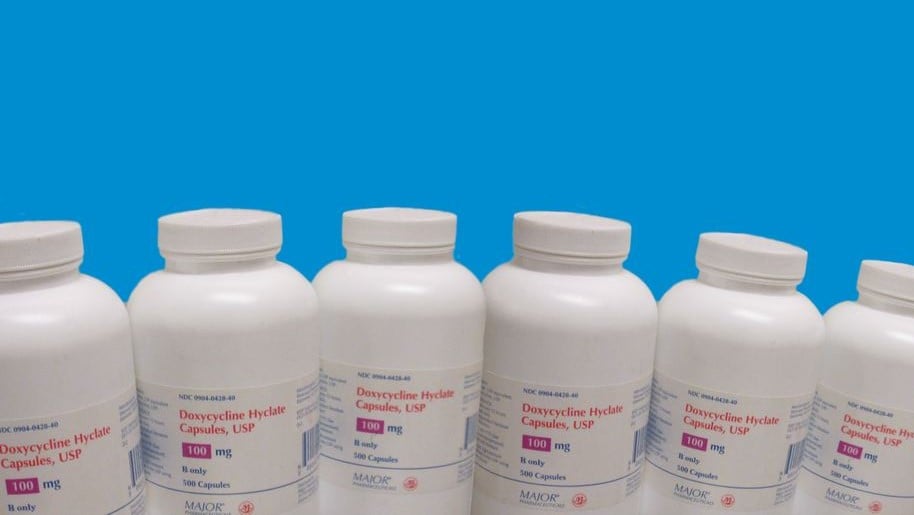Key points
- Treatment regimens may need to be adjusted depending on a person’s age, medical history, underlying health conditions, pregnancy status, or allergies.
- Vaccination for tularemia is not generally available in the United States, nor is it useful in management of ill patients.
- Consult an infectious disease specialist regarding individual patient treatment decisions.

Treatment recommendations
| Age Category | Drug | Dosage | Maximum | Duration (Days) |
|---|---|---|---|---|
| Adults | Gentamicin* | 5 mg/kg IM or IV daily (with desired peak serum levels of at least 5 mcg/mL) | Monitor serum drug levels | 10 – 14 |
| Ciprofloxacin* | 400 mg IV or 500 mg PO twice daily | N/A | 10 – 14 | |
| Doxycycline | 100 mg IV or PO twice daily | N/A | 14 – 21 | |
| Children | Gentamicin* | 2.5 mg/kg IM or IV 3 times daily** | Monitor serum drug levels and consult a pediatric infectious disease specialist | 10 – 14 |
| Ciprofloxacin* | 15 mg/kg IV or PO twice daily | 800 mg per day | 10 – 14 | |
| Doxycycline | 2.2 mg/kg IV or PO twice daily | 100 mg IV or PO twice daily | 14 – 21 | |
| * Not a U.S. FDA-approved use but has been used successfully to treat patients with tularemia. ** Once-daily dosing could be considered in consultation with a pediatric infectious disease specialist and a pharmacist. |
||||
NOTE: Gentamicin is preferred for treatment of severe tularemia. Dose should be adjusted for renal insufficiency.
NOTE: For tularemia meningitis, combination therapy should be considered in consultation with an infectious disease specialist.
- Johansson A, Berglund L, Sjöstedt A, et al. Ciprofloxacin for treatment of tularemia. Clin Infect Dis 2001;33:267–8.
